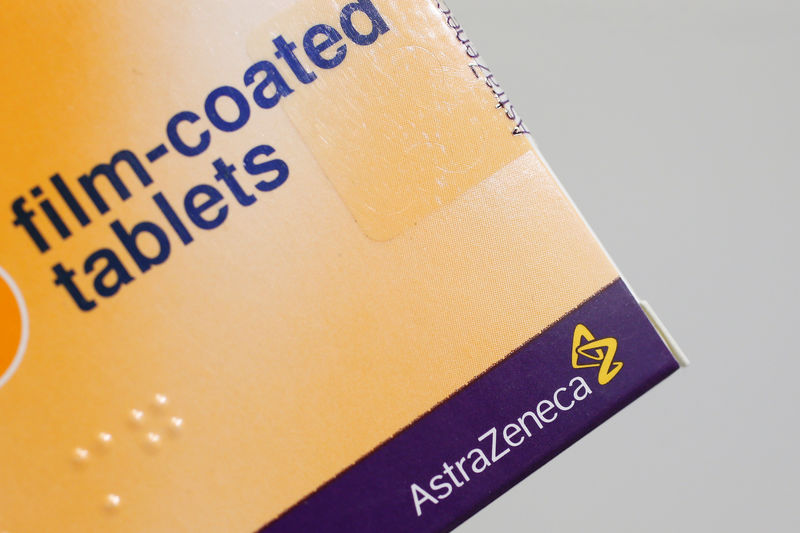Fiserv earnings missed by $0.61, revenue fell short of estimates
Investing.com -- AstraZeneca Plc’s stock has been upgraded to “buy” from “hold” by Jefferies, which cited stronger prospects across its oncology and biopharma businesses and a lower risk to the company’s long-term sales targets.
Jefferies said AstraZeneca’s management goal of reaching $80 billion in revenue by 2030 “seems well within reach,” supported by higher contributions from Imfinzi and Enhertu as well as expanding opportunities in biopharma and rare disease portfolios.
The analysts raised their price target to 15,000 pence from 10,900 pence, reflecting a potential 20 % upside, and increased the U.S. ADR target to $100.10 from $67.
Jefferies forecast AstraZeneca’s revenue at $58.2 billion in 2025 and $62.2 billion in 2026, compared with consensus estimates of $58.4 billion and $62.1 billion.
Earnings per share are projected at $8.99 in 2025, up from $8.92 previously, and analysts expect a 13 % EPS CAGR from 2025 to 2030.
“We view the 2030 $80bn sales target as largely achievable, but importantly, carrying lower risk than consensus believes,” the brokerage said.
Jefferies analysts described AstraZeneca’s position as “the first to benefit from any increase in non-specialist investor interest in the sector,” noting that “the catalyst path over the next 12–18 months is rich.”
Jefferies projected Imfinzi’s peak sales at $9 billion, higher than the $7.5 billion consensus, driven by its performance in gastric and bladder cancers.
The brokerage called Imfinzi “the gift that keeps on giving,” flagging the strong data from the Phase III MATTERHORN study in gastric cancer, which showed a 29 % event-free survival benefit for patients treated with Imfinzi plus FLOT chemotherapy. Enhertu, developed in partnership with Daiichi Sankyo, is estimated to generate $16 billion in in-market sales, compared with consensus of about $13 billion, due to broader uptake in HER2-positive and HER2-low tumors.
In biopharma, Jefferies expects $12 billion in 2025 sales, ahead of the $11 billion consensus, citing “more limited erosion of the Farxiga patent expiry” and a “fatter tail than appreciated.”
The brokerage said baxdrostat “offers promising life-cycle management opportunities” in hypertension and kidney disease and could bolster the Farxiga franchise beyond 2026.
Jefferies noted that Farxiga, despite its U.S. patent expiration in October 2025, retains 75 % of sales from outside the United States, supporting a slower overall decline.
The analysts also highlighted AstraZeneca’s rare disease division, saying efzimfotase alfa is a credible Strensiq replacement strategy that could “increase the size of Alexion by 30 %.” Phase III data for the drug in 2026 were described as an “underappreciated catalyst.”
Jefferies said AstraZeneca’s margin target of 34-36 % in 2026 is “unhelpful” and may be dropped, emphasizing that “what matters is not only the return on R&D but also the long-term revenue trajectory.”
Despite risks in late-stage oncology, including the AVANZAR trial, the analysts concluded that AstraZeneca “is in good shape,” with its $80 billion target “significantly more credible than people believe.”
